Model of the month October 2023 Bachem
Theoretically superlative… The Bachem Ba 349 'Natter'
From the original to the model
An independent part of the collections of the Hannover-Laatzen Aviation Museum are the more than 1,000 scale models, primarily of the international standards 1/72, 1/48 and 1/32.
Such true-to-the-original miniatures enable viewers of museum technology history to gain an “overview”, not just of the individual exhibit (sometimes even the only possibility of a real three-dimensional display if there is no longer a surviving original), but also of the development lines of aircraft construction through the possible sequencing and comparison . Sometimes they even fill in gaps in the presentation of the originals. The quality of their craftsmanship alone is a joy to behold.
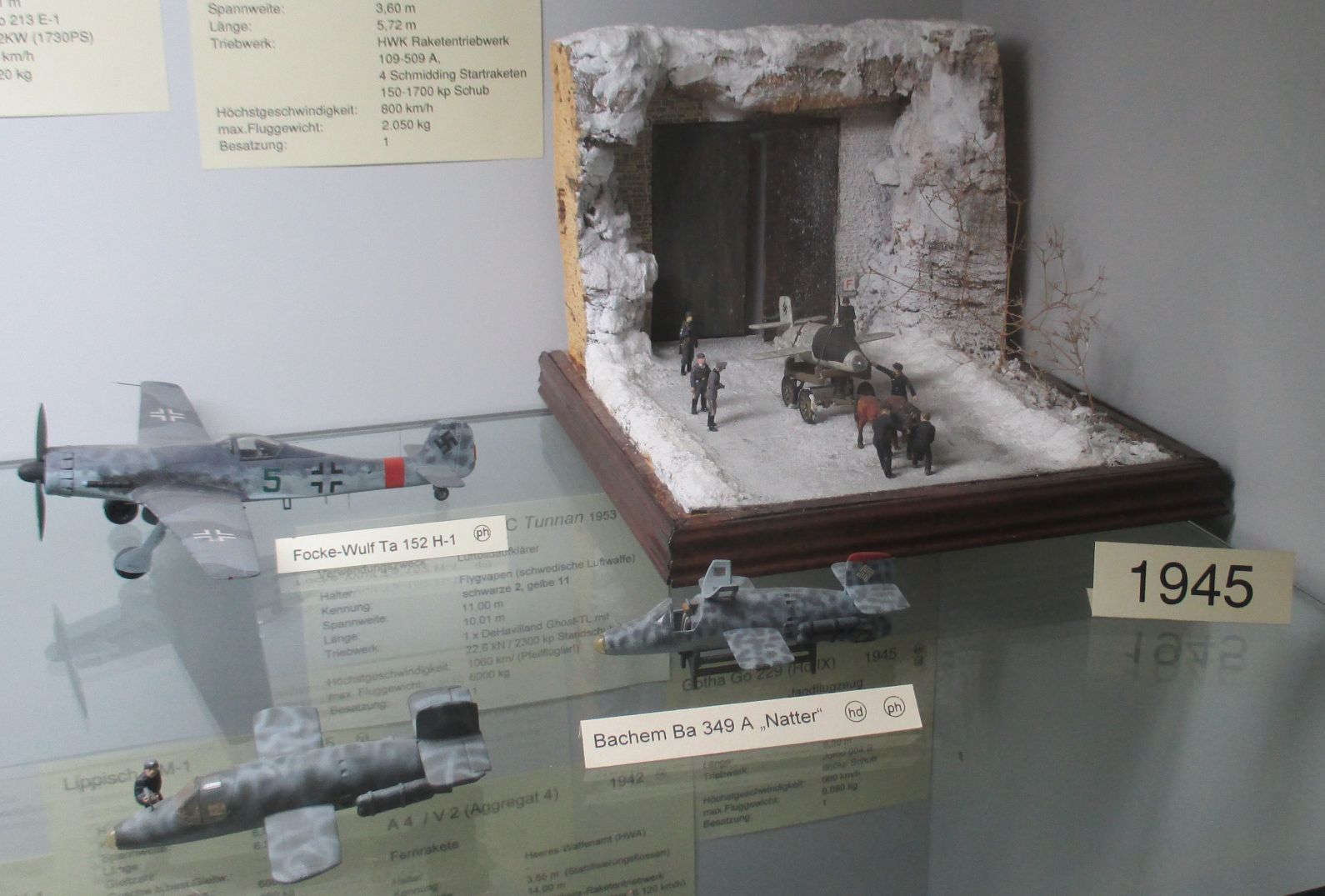
Today in our 'Model of the Month' series we are introducing you to the rocket-propulsion interceptor Bachem Ba 349 'Natter' from 1944 - an aircraft of superlatives with no operational history: the only manned flight cost the life of the test pilot.
The models: injection molding, vacuform & diorama
The classic injection molding kit of the Ba 349 in 1/72 came from Heller (France) in 1978 (in a double pack together with the Fi 103, as the “V1” first practical cruise missile) and was reproduced by various successor companies and licensees. In addition, the small Canadian supplier AIRFRAME released a vacuformed kit of the type, which was revised and re-edited once.
The museum shows two individual examples of the type and a diorama in the 1/72 model display cases in Hall 2.
The original: Would have been if...
What is remarkable about an aircraft made of wood and light metal that is only 6.10 m short and has a wingspan of 3.60 m, of which only around 35 were built and none of them ever flew a mission?
In fact, this aircraft was the most technically advanced construction of an object protection/interceptor fighter in the Second World War and had a significant influence on military aircraft design from 1945 onwards, especially in the USA.
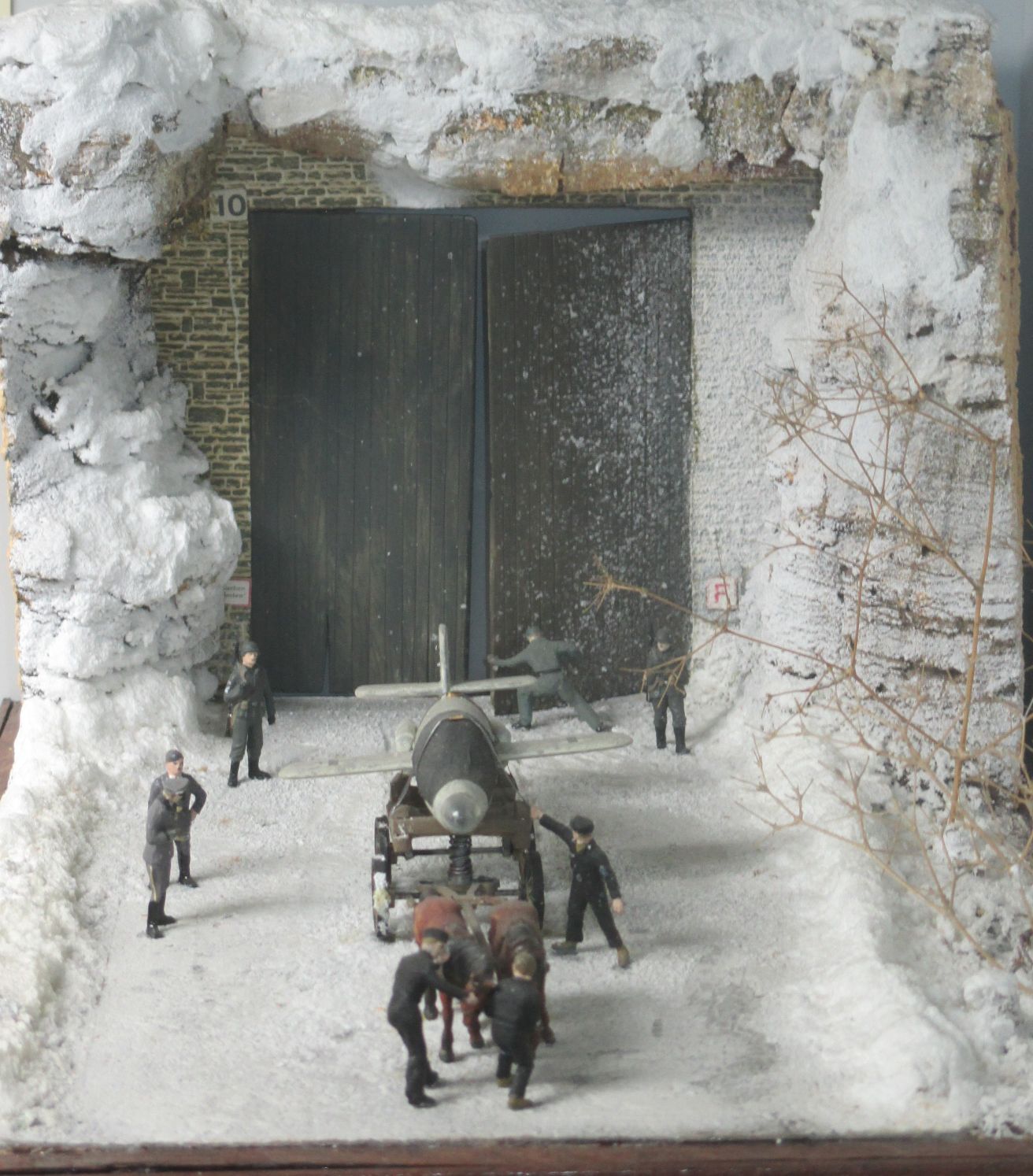
Unique in its combination of high technology and simplicity, the Ba 349 'Natter', designed by aviation pioneer Erich Bachem, offered (calculated) maximum performance in a cost-effective, disposable aircraft optimized for decentralized mass production, which operated with a minimum of both war-important raw materials and limited ground organization via vertical takeoff of a lattice framework could be used almost anywhere.
It was surprising that the tender for such an interceptor in the “Jägernotprogramm” was not won by one of the large, established companies, but by the small design office and aviation supplier Bachem in Waldsee/Upper Swabia.
Manned missile
The populsion was provided by a Walter HWK 109-509 A-2 rocket engine, which had already been installed successfully (although not without danger in use) in the Messerschmitt Me 163, supplemented by four Schmidding booster rockets that were mounted on the side of the rear fuselage so that they could be released and dropped. The Natter thus achieved a theoretical climb speed of around 12 kilometers in one minute - a "world record" that, however, required a corresponding physical strain on the pilot.
In this way, the Ba 349 was able to attack Allied long-range bombers in object defense after sighting them from a standstill and without the escort fighters being able to react - or better: could have, because that didn't happen...
The armament consisted of a battery of unguided rockets in the bow, with a choice between two calibers. The pilot training could be minimized to the few seconds of target approach between autopilot control and the parachute jump that ended the mission. The engine should also be recovered by parachute and reused. There it was, the “miracle weapon” against Allied bomber streams, which the political leadership of the Third Reich so urgently demanded in the face of clearly foreseeable defeat.
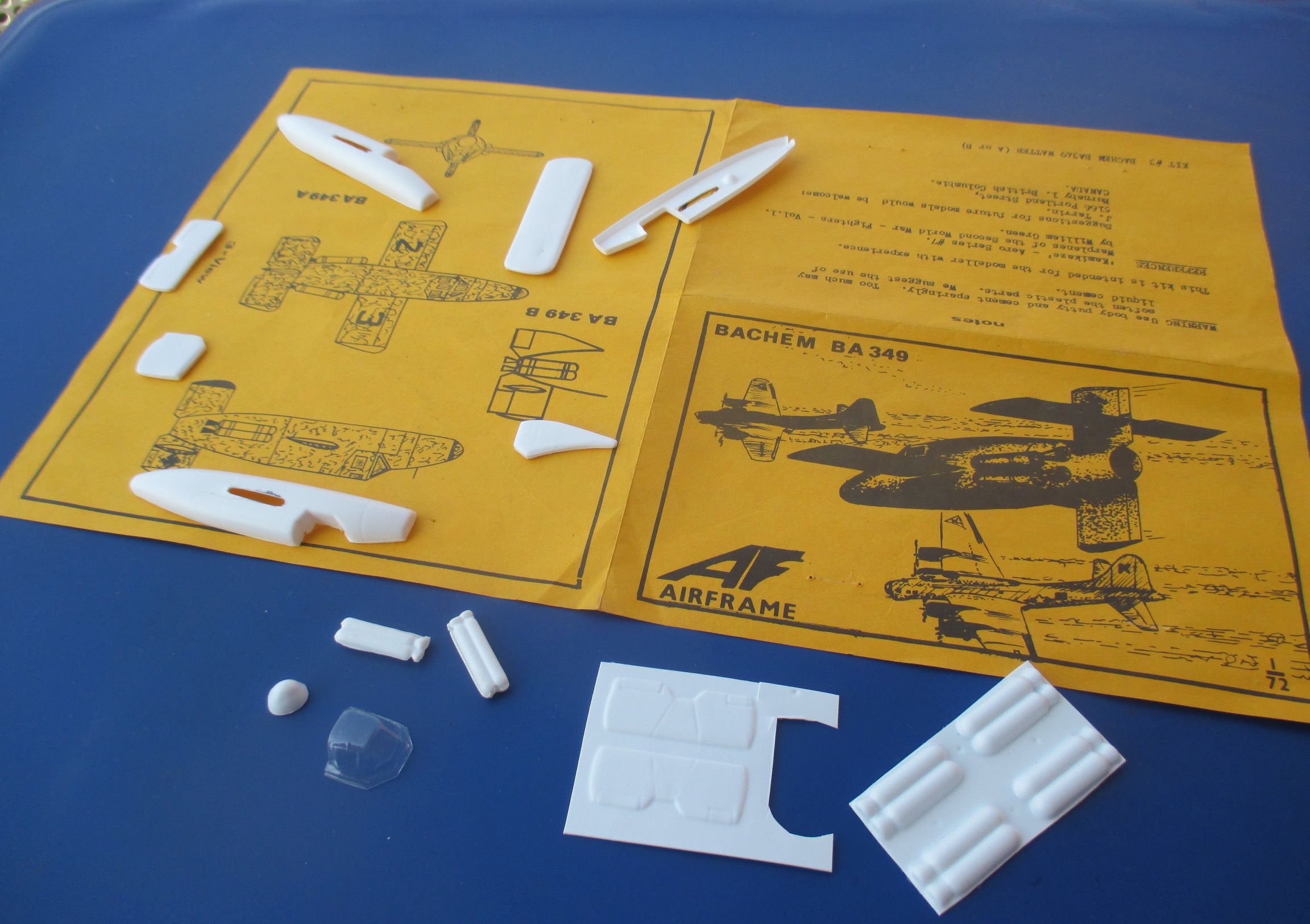
In the last year of the war, the SS took over responsibility for the development, production and use of all so-called “retaliatory weapons”. Most of these were technically groundbreaking rocket- and jet-powered manned and unmanned missiles. And this patronage and the ruthless implementation of the project made it possible for the Natter, despite the general shortage in 1944/45, to design and test initially manned towing and gliding flights without engines, and later unmanned launches with engines, which were successful from November 1944 to February 1945.
Total loss
But the first manned test flight on March 1, 1945 on the Ochsenkopf ended after a few seconds with the crash and death of the test pilot Lothar Sieber. The probable cause was a technical defect. In fact, the unleashed power would probably have pushed people and material to the limit during operation. As tragic as such a flight accident is, it does not have to mean the end of a design idea - many aircraft types around the world only later became successful operational models through such sacrifices.
But Germany's military and economic collapse left neither time nor opportunity for corrections. Although a total of between 32 and 40 machines were manufactured and their handling was tested, there is no indication of further tests or even active use in the last weeks of the war.
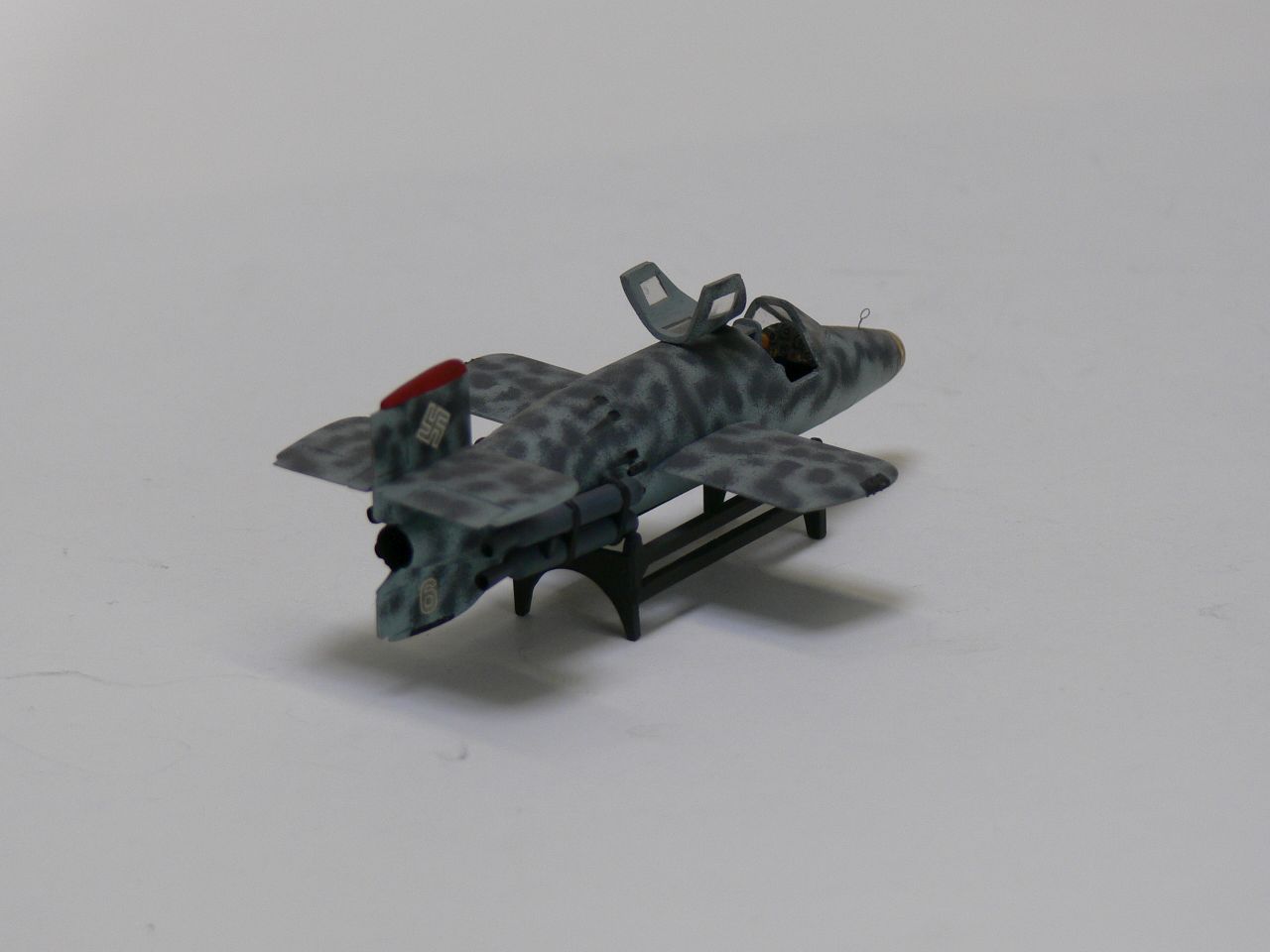
Once again the “miracle weapon in the making”, here on the wooden maintenance frame and with the cockpit hood open. The Schmidding booster rockets are on the side of the stern.
Afterlife
However, the technical commissions of the US Army, which were supposed to confiscate and evaluate the large number of German cutting-edge technology at the end of the war, also took a great interest in the Natter. In addition to design plans and test results, they shipped at least three operational Ba 349s to the United States.
What is certain is that the evaluation of these loot contributed to the development of rocket propulsion and armament and, more generally, to high-speed technology, although unlike the Messerschmitt P. 1101 and the Fi 103, for example, the Natter was not recreated or further developed there.
Data sheet Ba 349 A
Crew: 1// Wingspan: 3.60 m// Length: 6.10 m// Height (in flight): 2.25 m// Wing area: 3.6 m²// Propulsion: 1x Walter HWK 109-509 A -2 with 1,700 kp stationary thrust and 4x Schmidding 109-533 with 1,200 kp stationary thrust each// Calculated maximum speed: 1,000 km/h// Climb performance: 12,000 m/ min.// Flight time with drive: approx. 70 seconds// Range: 40 km// Armament: 24x 73mm or 33x 55mm rocket shells in the bow.
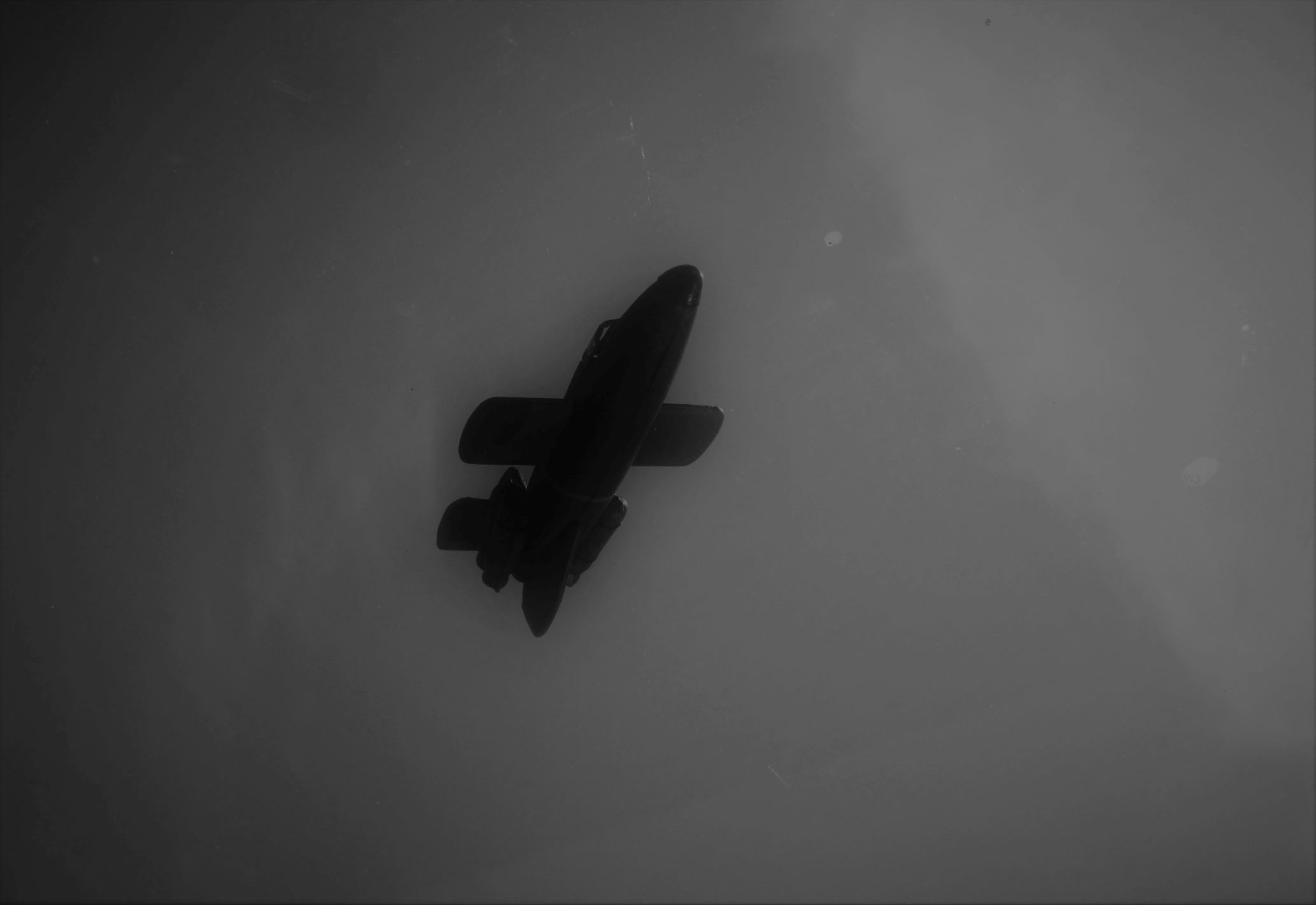
Were we able to arouse your curiosity? Then visit us in the Aviation Museum - over 40 original and faithful replicas of school, fighter, passenger and sports aircraft, helicopters and gliders, a large engine and turbine department, and around 1,000 scale models are waiting for you!
sb
